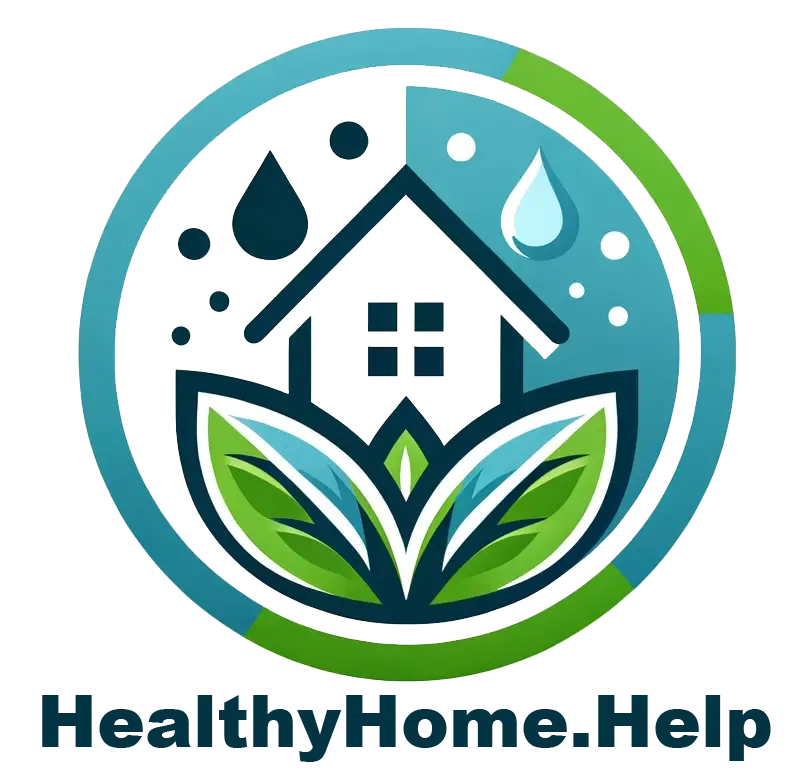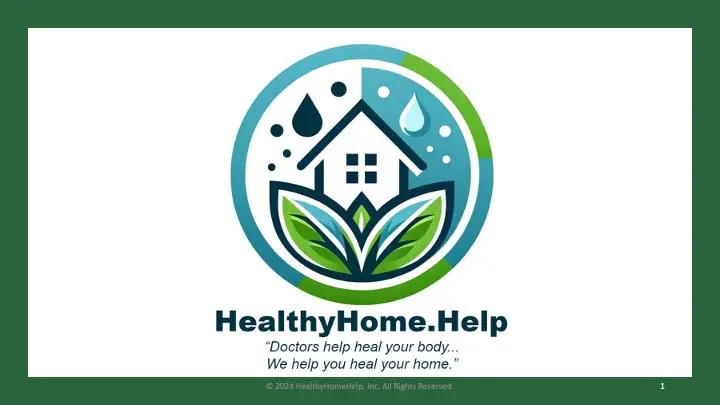AVOID RE-EXPOSURE

Supporting the body’s detoxification process and maintaining health means diligently avoiding re-exposure to known contaminants. This proactive approach focuses on minimizing contact with environmental toxins and allergens that can undermine health efforts and exacerbate sensitivities.
- Identify Personal Triggers: Understanding which substances negatively impact your health is crucial. This can include specific chemicals, allergens, or irritants found in the environment, food, or products you use.
- Create a Safe Living Space: Make your home a sanctuary by reducing the presence of toxic substances. This might involve choosing furniture, building materials, and decor that are free from harmful chemicals and VOCs, ensuring adequate ventilation, and maintaining a regular cleaning schedule to reduce dust and mold.
- Mindful Product Selection: Opt for personal care and household cleaning products that are labeled as non-toxic or natural, avoiding those with known harmful ingredients. Reading labels and being informed about the composition of products can significantly reduce your chemical exposure.
- Dietary Considerations: Whenever possible, choose organic foods to decrease exposure to pesticides and genetically modified organisms (GMOs). Being mindful of food packaging and storage can also help; for example, using glass containers instead of plastic can reduce exposure to potential endocrine disruptors like BPA.
- Protective Measures in Public Spaces: In environments outside your control, such as workplaces or public areas, take steps to protect yourself. This might involve wearing a mask in polluted areas, choosing seating away from high-traffic zones, or advocating for safer cleaning practices in shared spaces.
- Educate Yourself and Others: Staying informed about environmental health issues and safer alternatives allows you to make better choices and can also influence those around you. Sharing knowledge with friends, family, and community members can amplify the impact, leading to more widespread changes in awareness and behavior.
- Plan for Accidental Exposures: Have a plan in place for mitigating the effects of accidental exposures, such as knowing which supplements, foods, or activities can help your body recover more quickly.
By actively avoiding re-exposure to known contaminants, individuals can better manage their health and support their body’s natural ability to detoxify. This vigilant approach is especially important for those with heightened sensitivities or compromised detoxification systems, as it can significantly influence their well-being and quality of life.

